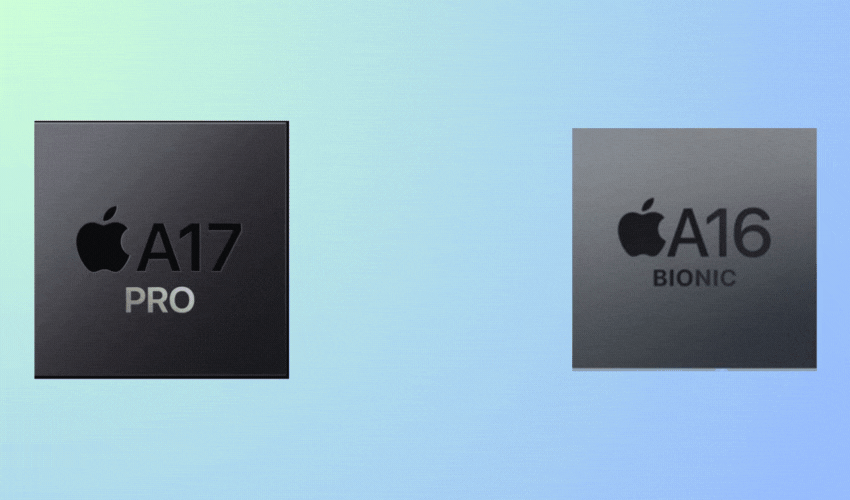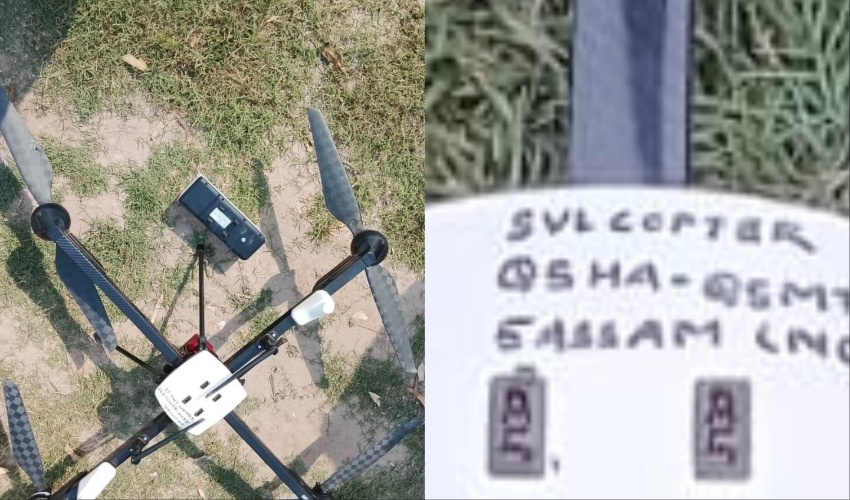Apple enthusiasts and tech aficionados alike eagerly awaited the September 2023 Apple event, where the company introduced its latest lineup of iPhones, including the iPhone 15, iPhone 15 Plus, iPhone 15 Pro, and iPhone 15 Pro Max.
While all the new iPhones boasted impressive improvements, the spotlight was undoubtedly on the iPhone 15 Pro series, featuring the groundbreaking A17 Pro chip. In this article, we delve into the details of the A17 Pro chip and compare it to its predecessor, the A16 Bionic, which powers the base models, iPhone 15 and iPhone 15 Plus.
The A17 Pro: Apple's marvel of miniaturization
Apple's relentless pursuit of technological excellence led to the birth of the A17 Pro chip, a true masterpiece in mobile processing. Ditching the "Bionic" moniker, the A17 Pro stands out with its cutting-edge 3nm processor technology, a remarkable leap from the A16 Bionic's 4nm architecture.
This miniaturization allows Apple to pack an astounding 19 billion transistors into the A17 Pro, enhancing both performance and power efficiency.
The A17 Pro boasts a 6-core CPU configuration, featuring two high-performance cores and four power-efficient cores. Alongside this, a newly designed 6-core GPU takes graphics performance to unprecedented heights, integrating hardware ray tracing and optimizing power efficiency.
Apple proudly claims this GPU redesign to be the "biggest in the history of Apple GPUs." Moreover, the A17 Pro supports blazing-fast data transfer speeds through its USB 3.0 controller, ensuring seamless connectivity.
A16 Bionic: Still force to be reckoned with
While the iPhone 15 and iPhone 15 Plus sport the A16 Bionic, it's essential to recognize the prowess of this chip. Built on a 4nm process node, the A16 Bionic features a 6-core CPU, combining two performance cores and four high-efficiency cores. Its 5-core GPU, equipped with 6GB LPDDR5 memory and 50% more bandwidth than its predecessor, delivers stellar graphics performance.
The 16-core neural engine, capable of handling 17 trillion operations per second, further enhances AI-driven features.
Key improvements over the A15 Bionic include a new display engine, enabling the Always-on Display feature, higher peak brightness, and a customizable display refresh rate that can dip as low as 1Hz.
Additionally, improvements in anti-aliasing techniques and the introduction of a new image signal processor promise an enhanced computational photography experience.
A17 Pro vs A16 Bionic: The showdown
When comparing the A17 Pro to the A16 Bionic, several notable differences come to light:
-
Process Node: The A17 Pro's 3nm architecture outshines the A16 Bionic's 4nm, offering improved performance and energy efficiency.
-
Performance: The A17 Pro is touted to be 10% faster than its predecessor, the A16 Bionic.
-
GPU Performance: The A17 Pro's 6-core GPU is a remarkable 20% faster than the A16 Bionic's 5-core GPU. It introduces mesh shading for detailed environments with minimal power consumption.
-
Neural Engine: The A17 Pro's neural engine is twice as fast as the A16 Bionic, capable of handling a staggering 35 trillion operations per second.
-
Efficiency: The A17 Pro brings an improved branch prediction, ensuring faster code execution efficiency.
-
Hardware for Ray Tracing: A17 Pro incorporates dedicated hardware for ray tracing, delivering graphics at significantly higher frame rates than the A16 Bionic's software ray tracing.
Apple's strategic move to reserve the latest processors for the iPhone Pro series continues with the iPhone 15 lineup. While the iPhone 15 and iPhone 15 Plus house the capable A16 Bionic, the iPhone 15 Pro and iPhone 15 Pro Max boast the groundbreaking A17 Pro.
This distinction emphasizes the value offered by the Pro models, making them an enticing choice for those seeking the pinnacle of performance.
However, this doesn't diminish the capabilities of the A16 Bionic. It effortlessly handles resource-intensive tasks and brings remarkable features to the base iPhone models, including a USB-C port, enhanced camera systems, improved battery life, and the innovative Dynamic Island.
Long-term considerations
Despite the evident technical disparities between the A16 Bionic and A17 Pro, potential iPhone 15 users should not be deterred from their purchase decision. For most users, it may be challenging to discern the performance gap in day-to-day tasks. However, longevity could become a factor, with the A17 Pro-equipped iPhone 15 Pro likely to outlast its base counterpart.
Moreover, the frequency and longevity of software updates for the iPhone 15, featuring the A16 Bionic, remain uncertain. This is a factor to consider for those prioritizing long-term device support.
In conclusion, the A17 Pro and A16 Bionic are remarkable feats of engineering, each catering to different segments of the iPhone lineup. While the A17 Pro undoubtedly offers cutting-edge performance, the A16 Bionic is far from obsolete and ensures a seamless experience on the base iPhone models.
For more updates on the tech world and Apple's latest innovations, stay tuned.



























